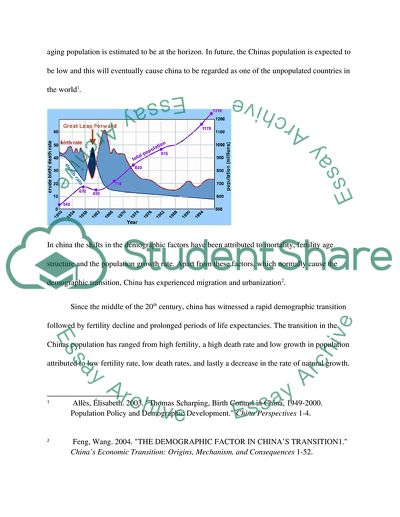Cite this document
(“The impact of the one-child family policy on the age structure of Essay”, n.d.)
Retrieved from https://studentshare.org/sociology/1702438-the-impact-of-the-one-child-family-policy-on-the-age-structure-of-china-population
Retrieved from https://studentshare.org/sociology/1702438-the-impact-of-the-one-child-family-policy-on-the-age-structure-of-china-population
(The Impact of the One-Child Family Policy on the Age Structure of Essay)
https://studentshare.org/sociology/1702438-the-impact-of-the-one-child-family-policy-on-the-age-structure-of-china-population.
https://studentshare.org/sociology/1702438-the-impact-of-the-one-child-family-policy-on-the-age-structure-of-china-population.
“The Impact of the One-Child Family Policy on the Age Structure of Essay”, n.d. https://studentshare.org/sociology/1702438-the-impact-of-the-one-child-family-policy-on-the-age-structure-of-china-population.


